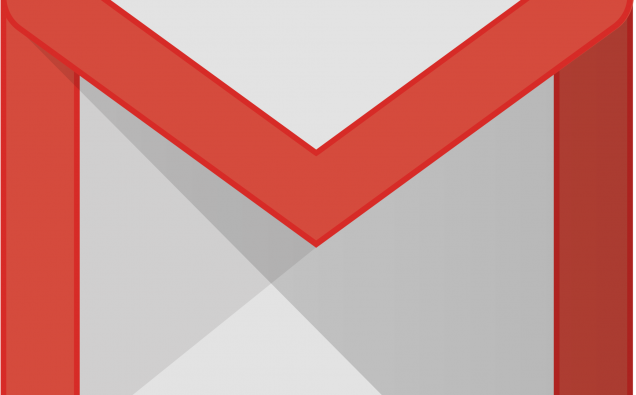If you only use Gmail to send and receive emails, you’re barely scratching the surface of what it actually does. Here are some tools that will help you integrate multiple cloud storage providers, enable experimental ‘labs’ options and adding super-cool features by third-party developers and much more.
So, over to 5 tools that will change the way you use Gmail.
MailTrack: Know when your email was read
You’re probably using WhatsApp ¬- you get two little tick marks on your message once it’s been delivered and they turn blue once your message has been read. Wouldn’t it be great if you could find out when your email has been read in the same way?
You can do this with a free Chrome extension called MailTrack. Once you install it, you’ll get free email tracking, desktop and email notifications and a history (data is stored for 6 months).
The only catch is that there’s a ‘Sent with MailTrack’ signature added to all your email. If you’d rather not have that, you can upgrade to the pro account for $3.50 per month. This also gives you unlimited history and the ability to track if links in your email were clicked.
Dmail: Self-destructing email
It’s the stuff of science fiction and action movies ¬ send your message (which is encrypted, by the way) to the recipient and you can choose when it ‘self destructs’. After the message destructs, the recipient will no longer be able to read it ¬ it will just read like garbled text.
Get the free Dmail (Delicious Mail) Chrome extension. The service is currently in beta stage and completely free. In every message compose window, you’ll see the toggle for Dmail. You can revoke access to any mail, you’ve sent, at any time.
It’s important to note that the recipient does not need to have Dmail installed. Once it goes out of beta, there will likely be some paid plans with extra features ¬ a basic service should remain free though.
Mail2Cloud: Schedule your email
The free Mail2Cloud extension on Chrome adds a small button to your compose window -¬ right next to the send button. Just compose an email like you normally do. You can then choose a date/time when to automatically send it. The Save & Share feature can make a PDF of any email and save it to your cloud storage box.
Third, you get features like email tracking and self destruct. And for anyone who’s using Gmail for work, you can do stuff like set reminders for follow up email and set a timeout (be notified if an actionable email hasn’t elicited a response). This is free for 10 users while plans start at $2.50 per month.
Rapportive: Get more info about your contacts
Not everyone uses a detailed signature. Rapportive is a free add-on for Firefox and Chrome that gets information like a photograph, alternate email, Twitter ID and so on (basically whatever information they add to their public LinkedIn profile) -¬ and it adds this information in a box where the ads normally appear.
That’s a double advantage: The ads are removed and you get useful information right alongside the email.
Cloudy: Enable all the Cloud providers
What if the files you want to attach are saved on cloud storage? What if you want to attach multiple files from different cloud service providers — all in the same mail? A free Chrome extension called Cloudy can help — it integrates with SkyDrive, Dropbox, Box, Google Drive, SkyDrive, Github and Gmail itself.
If you like, you can also attach photos from Facebook, Instagram, Flickr or Picasa (these will be real attachments — not just links to those photos. This means your recipient will instantly see the attachments).
If you use Evernote, you can also attach notes and if you need to attach images from the web, you can search and attach right within Gmail -¬ rather than search, download and attach individually.





















